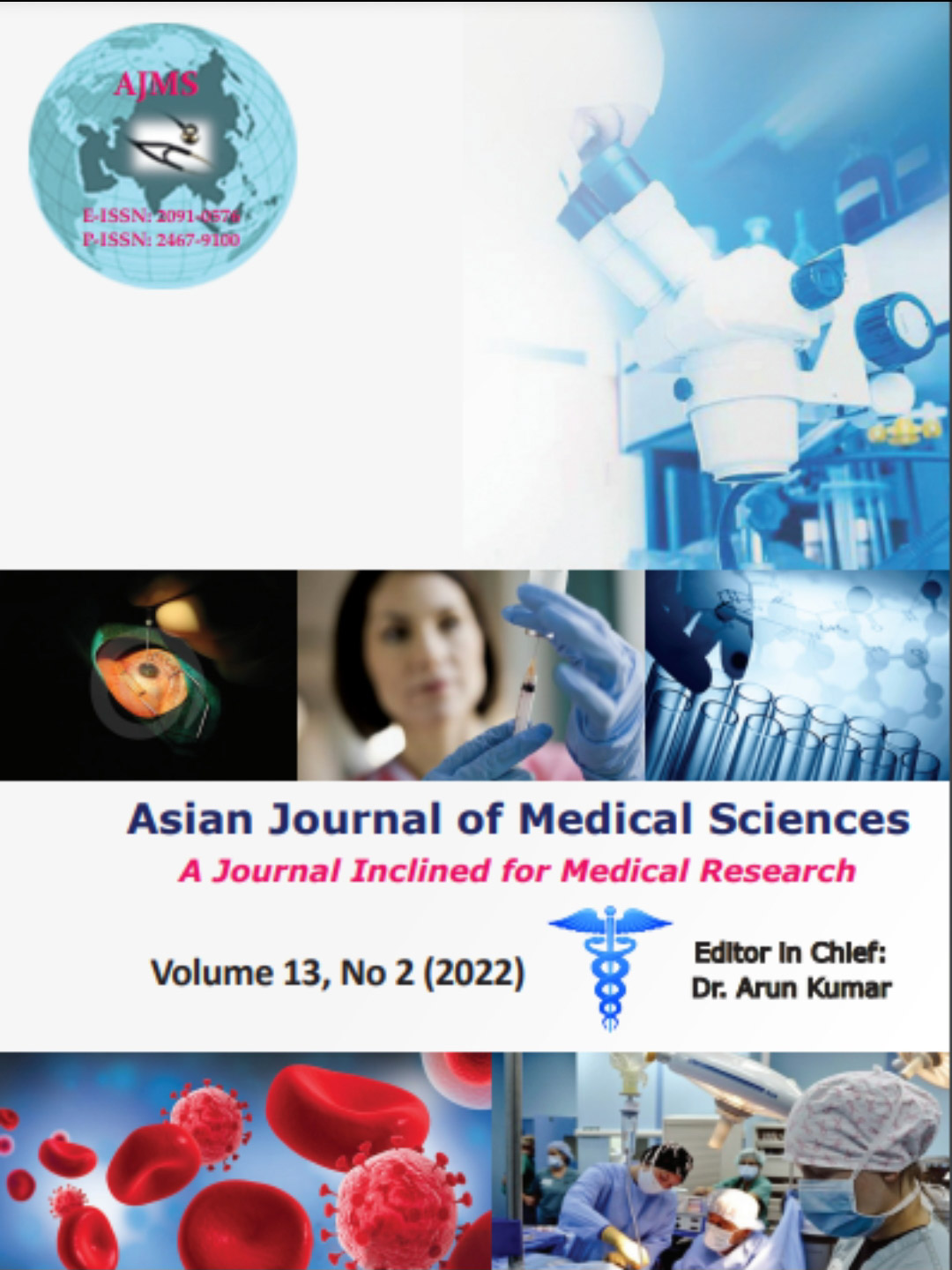A comparative study on regional cerebral oxygen saturation and central venous oxygen saturation as predictors of outcome in patients on off-pump coronary artery bypass graft surgery
Keywords:
Central venous oxygen saturation, Extubation, Off-pump coronary artery bypass grafting, Regional cerebral oxygen saturationAbstract
Background: Off-pump coronary artery bypass grafting (OPCABG) is a common and acceptable surgery.
Aims and Objectives: The study was conducted to compare central venous oxygen saturation (ScvO2) and regional cerebral oxygen saturation (rSO2) to see which of the two is better predictor for the prognosis of patients undergoing OPCABG. Heart rate (HR), invasive blood pressures, and partial pressure of oxygen (pO2) have also been recorded to see if they are independent predictors of prognosis in OPCABG patients.
Materials and Methods: A total of 56 patients undergoing OPCABG were included in the study. Baseline values and intraoperative values of ScvO2, rSO2, HR, systolic blood pressure (SBP), diastolic blood pressure (DBP), mean arterial pressure (MAP), pO2 at different time periods were recorded. Post-operatively the patient was shifted to intensive
care unit (ICU) in intubated condition, and time to extubation since shifting to ICU was noted.
Results: The ScvO2 values after sternal closure (correlation coefficient r=−0.4821, P=0.0002), and on shifting to ICU (correlation coefficient r=−0.4575, P=0.0004) showed good correlation with time to extubation. Similarly, the rSO2 values after sternal closure (correlation coefficient r=−0.5198, P<0.0001) and on shifting to ICU (correlation coefficient r=−0.5498, P<0.0001) showed good correlation with time to extubation. HR SBP, DBP, MAP, pO2 individually did not show any correlation with time to extubation (P>0.05).
Conclusion: ScvO2 and rSO2 both have strong correlation with time to extubation and are capable of predicting prognosis in OPCABG patients.
Downloads
Downloads
Published
How to Cite
Issue
Section
License
Copyright (c) 2022 Asian Journal of Medical Sciences

This work is licensed under a Creative Commons Attribution-NonCommercial 4.0 International License.
Authors who publish with this journal agree to the following terms:
- The journal holds copyright and publishes the work under a Creative Commons CC-BY-NC license that permits use, distribution and reprduction in any medium, provided the original work is properly cited and is not used for commercial purposes. The journal should be recognised as the original publisher of this work.
- Authors are able to enter into separate, additional contractual arrangements for the non-exclusive distribution of the journal's published version of the work (e.g., post it to an institutional repository or publish it in a book), with an acknowledgement of its initial publication in this journal.
- Authors are permitted and encouraged to post their work online (e.g., in institutional repositories or on their website) prior to and during the submission process, as it can lead to productive exchanges, as well as earlier and greater citation of published work (See The Effect of Open Access).




